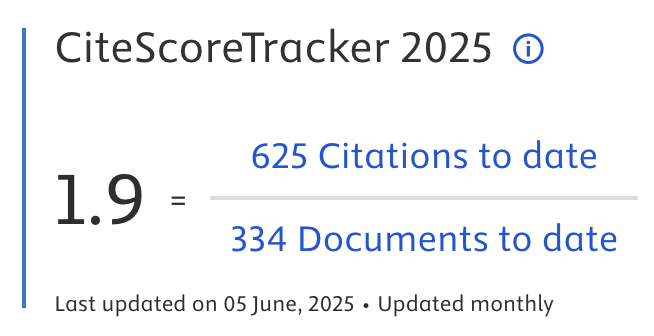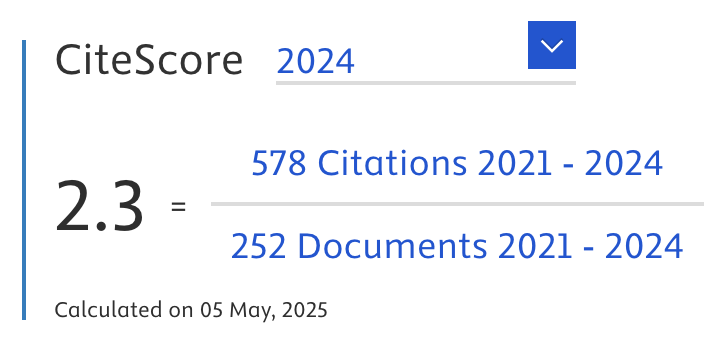Training Autonomous Vehicles in Carla model using Augmented Random Search Algorithm
Abstract
CARLA is an open source simulator for autonomous driving research. CARLA has been developed from scratch to support the development, training and validation of autonomous driving systems. In addition to open source code and protocols, CARLA provides open digital assets (urban layouts, buildings, vehicles) that are created for this purpose and can be used freely. We use CARLA to study the performance of Augmented Random Search (ARS) to autonomous driving: a classic modular pipeline, an end-to-end model trained via imitation learning, and an end-to-end model trained via reinforcement learning. Test the ability of the Augmented Random Search (ARS) algorithm to train driverless cars on data collected from the front cameras per car. In this study, a framework that can be used to train driverless car policy using ARS in Carla will be built. Although effective policies were not achieved after the first round of training, many insights on how to improve these outcomes in the future have been obtained.
Article Metrics
Abstract: 702 Viewers PDF: 375 ViewersKeywords
CARLA; ARS; Data Mining; Autonomous driving;
Full Text:
PDF
DOI:
https://doi.org/10.47738/jads.v2i2.29
Citation Analysis:
Refbacks
- There are currently no refbacks.

Journal of Applied Data Sciences
| ISSN | : | 2723-6471 (Online) |
| Collaborated with | : | Computer Science and Systems Information Technology, King Abdulaziz University, Kingdom of Saudi Arabia. |
| Publisher | : | Bright Publisher |
| Website | : | http://bright-journal.org/JADS |
| : | taqwa@amikompurwokerto.ac.id (principal contact) | |
| support@bright-journal.org (technical issues) |
 This work is licensed under a Creative Commons Attribution-ShareAlike 4.0
This work is licensed under a Creative Commons Attribution-ShareAlike 4.0





.png)